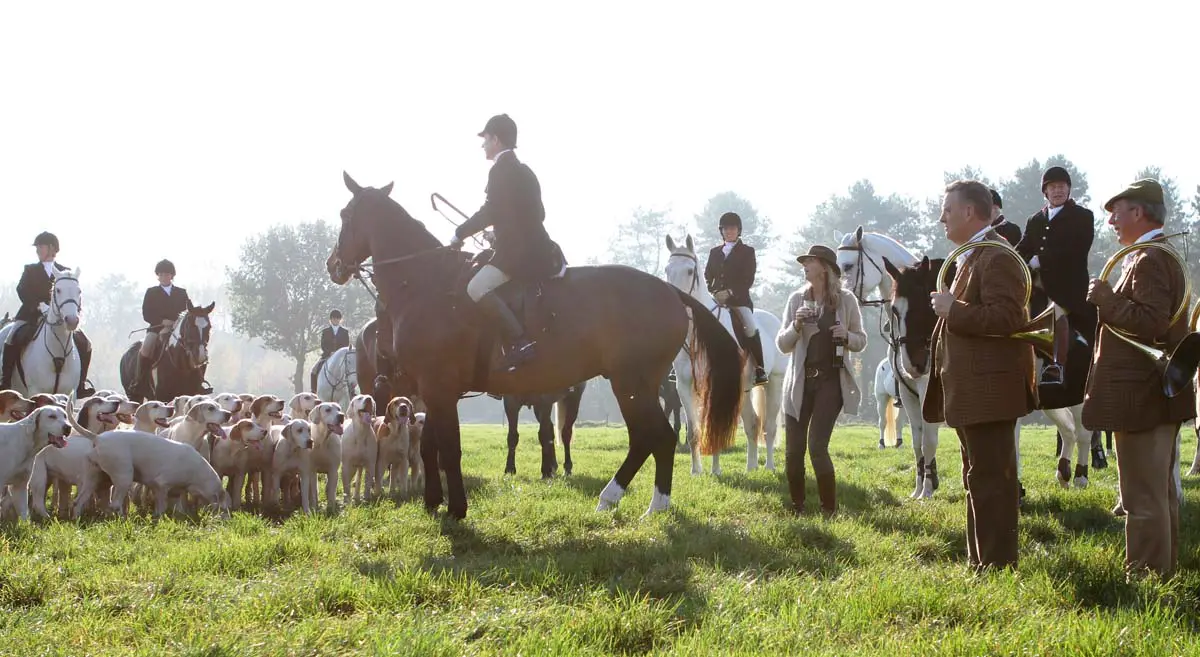Fox hunting goes back hundreds of years and is a sport and a tradition that has recently been considered outdated and unethical to most people.
Fox hunting has many faces and a long history. Fox hunting for sport has been banned in the UK for its use of dog packs that brutally kill the foxes. It can be argued that fox hunting helps with pest control, but the data would suggest otherwise.
Foxes have had a bad rap at times. Seen by some as vermin and a pest. When introduced into some environments where they are not native they have become invasive to other wildlife.
However, the data surrounding these accusations do not exactly match up with the anti-fox sentiment.
The fox hunting tradition has nothing to do with foxes being pests at all. It is considered a sport for those who follow the tradition.
Whether you agree with hunting for sport or not, it’s hard to take the side of the hunters when they use such brutal means of killing foxes.
They do not use weapons that make the fox’s demise quick and painless. They let a pack of dogs tear the foxes apart, this would make most people cringe.
Let’s take a closer look at the complete history of fox hunting and how it became a tradition and sport.
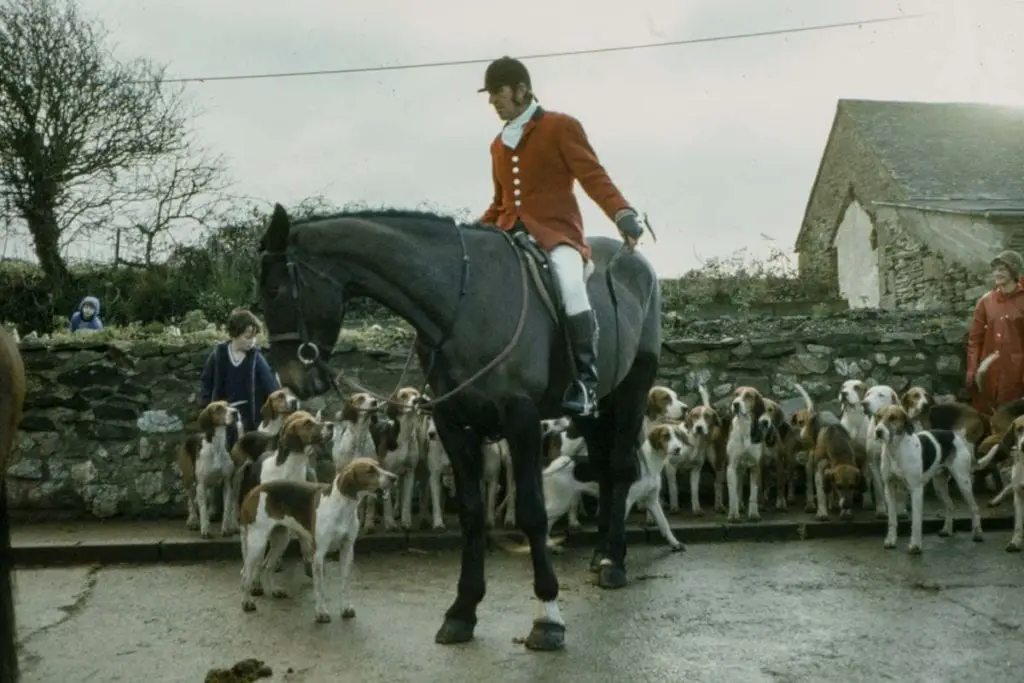
What is Fox Hunting?
Fox hunting for sport is conducted by mounted riders on horseback or on foot that uses a pack of scent hounds to track and kill foxes. Fox hunt events are common in both England and America.
The tradition uses scent hounds that are bred for the sole purpose of sport hunting foxes. In England harriers (smaller than most scent hounds) were also used to hunt rabbits and foxes because of their great sense of smell.
Despite a fox hunting ban in 2004 that made hunting foxes for sport partially illegal in England, fox hunts are still common there to this day and have been a tradition for hundreds of years.
The History of Fox Hunting
Fox hunting started with mostly practical reasons in mind. For thousands of years, animals like foxes have been hunted for their fur for survival. Many of our ancestors used animal hides and fur as a means of staying warm.
Later it became an issue of pest control. Farmers had trouble with their livestock being killed or taken by foxes in the area. Foxes are very good at sneaking into farmlands and making their kills (on a small scale.)
However, foxes are not the only carnivores that prey on livestock so why were they singled out for pest control, and how did it go from an issue of livestock predation to hunting for sport?
One of the first fox hunts was established by George Villiers, the Duke of Buckingham in 1668 and that hunt continues to operate to this day.
The first use of dogs for hunting foxes was probably used on farms in England when a farmer trained his farm dogs (scent hounds) to track down foxes and kill them.
The use of scent hounds for hunting goes back thousands of years to ancient Egypt. However, it was not used for foxes in general until the last couple hundred years.
Another prominent name in the history of fox hunting was Hugo Meynell. He was considered a master fox hunter and his hunts gained a lot of popularity and exposure from historians who wrote of him as the father of fox hunting.
However, Hugo Meynell was certainly not the first to organize fox hunts. He was probably known best as the one who made it a leisure event.
While fox hunts for sport go as far back as medieval times, it was Hugo Meynell’s legacy that probably helped to make it a tradition in England.

Drag Hunting
Drag hunting also known as draghunting, is a process that uses chemical scents instead of the scent of foxes for running a hunt simulation similar to fox hunts.
A drag hunt is set up in much of the same manner as a traditional fox hunt, spread out over large fields similar to cross country hunts.
A group of men on horseback or on foot follow their scent hounds as they track an artificial scent that was laid by a person dragging a chemical soaked material or cloth across the course.
They set up jumps and obstacles for the horses and hounds to navigate. The hounds are trained to follow a particular artificial scent, such as aniseed and other strong scented chemicals.
This process was adopted by the British Army who used drag hunting to train soldiers that would join the calvary. This made them adept in riding horseback and tracking before they would be sent out to war.
Draghounds were also used in Oxford and Cambridge where they raised scent hounds for artificial training.
Drag hunting does not involve the hunting of live animals and is a simulated hunt only.
The process of drag hunting is still considered to be legal in England and most parts of the world since it does not harm animals.

Fox Hunting in England
While hunting using scent hounds goes back much further than England and the British Isles, it was certainly made most popular in England. The sport of fox hunting in Britain is a tradition that continues, despite the ban on fox hunting.
Fox hunting for sport was mainly reserved for the most wealthy of the British population since acquiring the horses, clothing attire, scent hounds, as well as the large amount of land needed for a fox hunt, is not cheap.
Even if someone donates the land to be used for fox hunts, raising the horses and scent hounds for hunting is a rich man’s sport.
In modern times although the sport has lost some of its lure, the fox hunt continues and it continues to be a sport for the wealthy.
Not everyone in England has the luxury of raising animals purely for sport, most farmers and people in rural areas count on their livestock as a means of survival, not for leisure such as fox hunting.
Although England certainly has its roots in fox hunting, other countries have also made it a sport and tradition and lay claim to its popularity, such as America. Foxes were even brought into Australia to be used for the sport of fox hunting since there were not foxes native to Australia.

Fox Hunting in America
Much like England, America has a history of fox hunting that goes back hundreds of years. There is even a rivalry to where it started as an actual sport first.
Most people would claim that it was singularly an English event, with the red coats and British vernacular that most associate with it.
However, the history of fox hunting also has its roots deep in American tradition as well. With the long history of both countries, it is probably well noted that we will never know for sure who was first.
There exists today around 140 fox hunts in America. There are many associations and groups that meet every year around fox hunting season, that conduct hunts and gatherings.
Fox hunting is also called fox chasing in America, and according to many of these hunting associations, the chase is just as important as the hunt. According to their rules, they do kill the foxes.
Once the chase begins and the fox is found and located, it is chased into its den, or a hole or burrow in the ground and the hunt is ended.
This seems to have a little bit different of a take on the hunt than the English version that in most cases encourages both the chase and the kill. However, many times a fox chase in America does end in a kill.
These fox hunting groups claim that many seasons can pass without an actual kill, which results in a great chase. If the fox was killed right as the dogs were released it would not be a successful chase according to them.
Even if a kill is not made, is it still ethical to let a pack of dogs terrorize another animal just for the sport, spectacle of it, and who would consider that to be fun? Which brings us to our next important question.
Is Fox Hunting Cruel?
I’m a lover of animals, and foxes in general so it is no surprise that I side with the opinion that fox hunting for sport is cruel.
There is a big difference in hunting and trapping animals for survival versus hunting them and killing them just for the sport of it.
The very way in which fox hunts kill the fox is beyond cruel to me. Letting a pack of dogs chase the fox and rip it to shreds just so a few people can have a jolly good time is a cruel punishment for an animal that has every right to live and play its natural part in nature.
I’m not exactly an animal rights activist by any means, I believe that animals as a food source plays a crucial role in the circle of life. Many indigenous people still hunt and trap animals for their survival.
I do, however, have to ask myself, what kind of person finds joy in the torture and killing of an animal. The traumatizing way foxes are chased and in most cases brutally killed by packs of dogs is an extremely sick way to have a good time.
In England the hunt ends with the fox being killed by either the dogs catching the fox or the foxes being chased into the ground, where terrier breeds of dogs are used to dig the fox out where they are killed, this can take hours and even days.
This process in some cases also injures the dogs tasked with digging them out as a fight to live ensues.
There is no practical application to fox hunting for sport in the modern world. Which is considered popular opinion according to the fox hunting ban in England.
Many groups in England and America wish to keep this tradition alive as if it plays a major role in our history. However, in my opinion, whether you asked for it or not, it’s a tradition that needs to go.
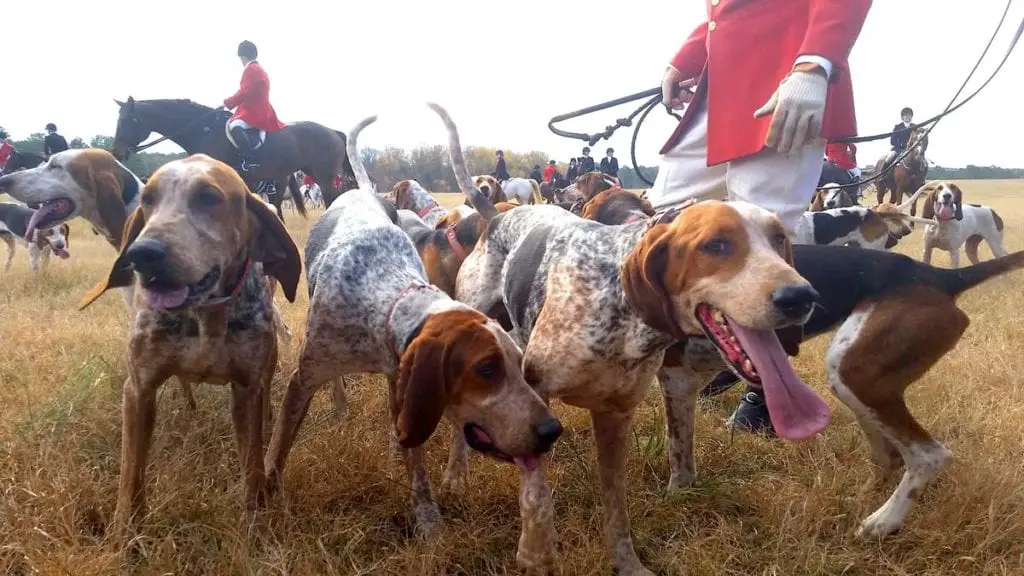
How Was Fox Hunting Banned in England
The idea of banning fox hunting was something that was considered popular opinion in most parts of England.
This would seem obvious for most people, however, the thought of banning it was explored for over a decade before it was passed into law.
At the time when the law was being argued over in 2004, there was a war in Iraq and many other things up for debate, so how did fox hunting make the cut?
There were many protests to the hunting of foxes, the majority of people found fox hunting to be inhumane and felt that it was a real issue that had been kicked around for long enough. It was time to take action.
Those who argued for fox hunting as a sport suggested that it helped as a form of pest control, which was later found to not be the case at all. They also argued that when the hounds got ahold of the fox, the fox was killed instantly.
They tried arguing that hunting them with traps and bullets left the possibility of the animal being only wounded and escaping into the wilderness in pain.
However, it was a poor argument to make considering that the foxes are terrorized and chased, until they are so scared and exhausted that a pack of dogs gets to them and in some cases rips them to shreds.
The Hunting Act 2004 was passed in England in 2005. So what does the act do? It makes it illegal to use dogs to kill wild game. It is also illegal to use dogs for hunting in Britain and Scotland.
This doesn’t mean it is illegal to hunt foxes, they are stilled hunted and trapped for purposes of fur and pest control. The act just makes it illegal to use the pack of dogs to kill them.
Does Fox Hunting Help Control Fox Numbers
Although it has been argued that fox hunting helps reduce the number of foxes that are considered a pest, after the hunting ban, the population did not grow in size. This means that fox hunting does not help for pest control at all.
However, the main focus of the Hunting Act 2004 was not to protect fox numbers. It was to only allow humane ways to hunt and kill them, and make inhumane hunting illegal.
While some people believe the hunting ban failed because foxes are still hunted for sport and killed. Foxes in England are not endangered.
Many countries have pest control programs, where they allow the humane killing of pests.
One can argue what makes an animal a pest, or what makes any form of killing humane. However, there is no evidence that fox hunting for sport reduced the number of foxes by a degree that was beneficial to pest control.
Are Foxes Vermin?
The definition of what constitutes an animal as vermin goes as follows: any wild animal that damages crops or livestock or that carry diseases such as rats.
Many carnivorous animals kill other animals to survive. Foxes are not the only animals that will kill livestock. Eagles and raptor birds will swoop down and steal chickens. Does this mean that eagles are vermin that should be killed?
Foxes are not vermin. They are not categorized as such by the Department for Environment, Food and Rural Affairs in England as vermin.
It can actually be argued that urban foxes help reduce the population of vermin in cities, vermin such as rats and rodents.
The amount of livestock that is attributed to fox kills is a very small number. Foxes in a territory would not be capable of killing every animal on a farm or devastating livestock populations.
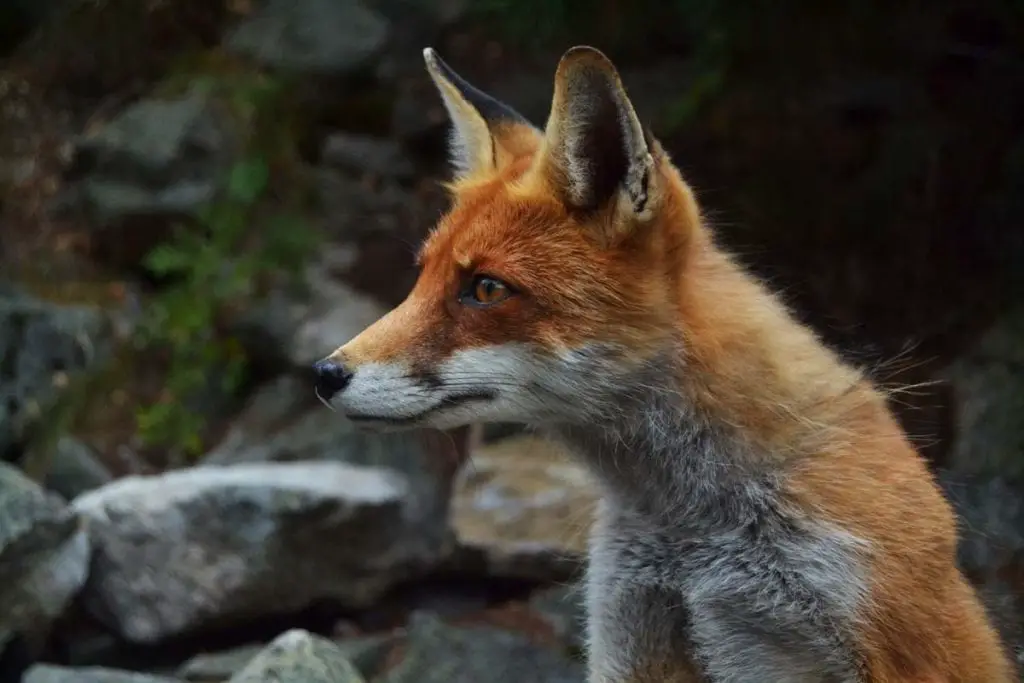
Fox Hunt Saboteurs
In recent times groups have formed in parts of Britain and England to stop fox hunts from killing foxes.
While the ban on fox hunting makes it illegal to kill foxes using dogs, the fox hunt continues. Some English fox hunts adding rules that the foxes are now only to be chased as it is in America and not killed.
This seems to be only a cover however, as you cannot stop a pack of dogs from killing a wild animal. They will do so whether you scream at them to heel or not. The fox hunters who continue the sport know that.
Many fox hunt associations only use the new rules as a cover, and go on with their hunts as if the hunting ban never existed.
For this reason, groups of fox hunt saboteurs meet regularly, they show up to fox hunts and they attempt to stop the hunts in protest.
In many cases, this has caused physical conflict since the fox hunters are not happy about giving up their sport. They will spit at the saboteurs, try to physically harm them and harass them as they show up to their meetings and hunts.
This has resulted in lawsuits against the fox hunters for assault and other charges.
While it can be argued that these new groups of saboteurs could be going too far by putting themselves in harm’s way and in some cases trespassing.
A person with any decent sense of what is right has to acknowledge that they are fighting the good fight.
These saboteurs stick up for animals that have no way to defend themselves against wealthy people who want to kill them for their enjoyment.
Conclusion
Whether you side with the hunters or those who wish compassion towards animals.
It would be hard to argue that training a pack of dogs to kill other animals for sport in such a terrible way could be a good thing.
Can you train a pack of dogs not to kill their game, when it is instinctually what they do? No. They have been bred and trained for generations to kill the fox.
I hope most people will take away a sense of compassion from this article and see that some traditions are not meant to continue, regardless of history.
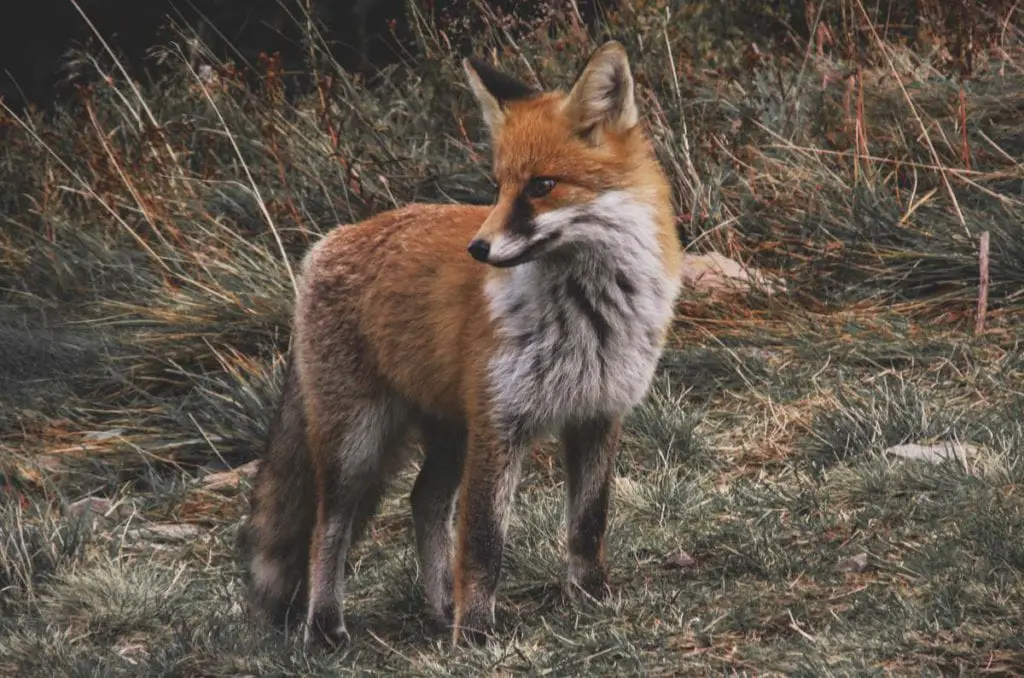
“Relatives are the worst friends, said the fox as the dogs took after him.”
Danish Proverb
Frequently Asked Questions
✅ Are foxes hunted for food?
Some Native American tribes, as well as other indigenous tribes, still hunt animals as a food source. Most of these people and others live by a code that says that any animal that is killed should be eaten.
✅ Are foxes killed for pest control?
Many countries and communities will allow hunters to kill foxes humanely, to help with pest control. Using traps and hunting rifles.
✅ Are foxes native to America?
Foxes were not native to America, but their ancestors crossed into North America thousands of years ago. Foxes were also brought in from Europe to America for fox hunting.
✅ Are foxes native to England?
Red foxes were native to England, but they have also been brought in by other European countries for fox hunting and fur farms many times throughout history to keep up with the demand.

